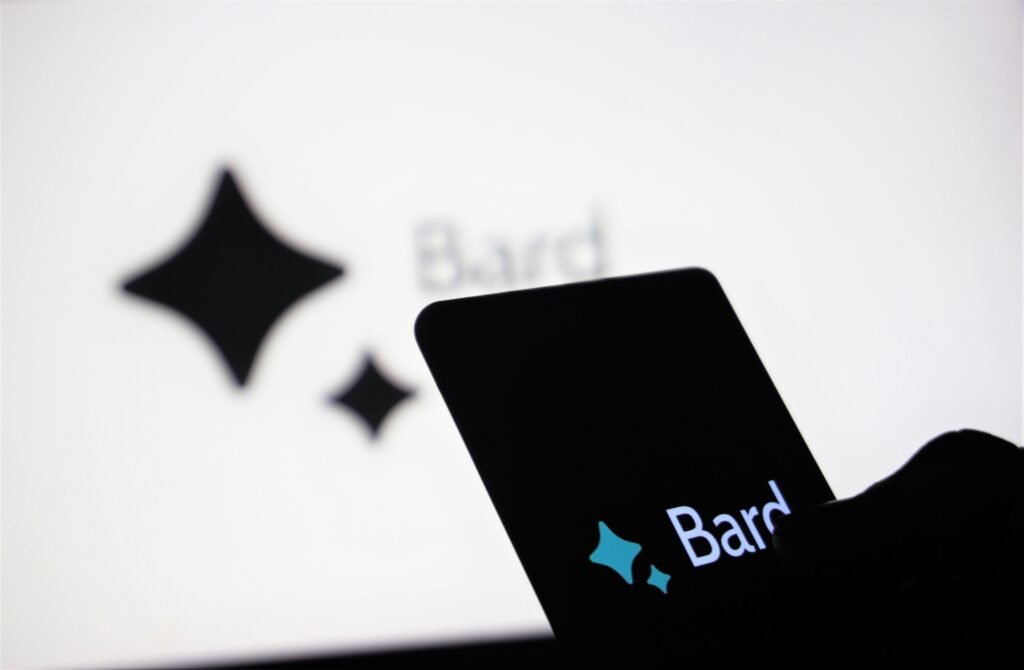Get ready to dive into the fascinating world of artificial intelligence (AI) and its growing presence in technology. With the emergence of generative AI, the future looks promising and filled with endless possibilities. In a thought-provoking episode of Wondery’s Business Wars podcast, the rise of AI, its future implications, and its stark differences from movie depictions are all explored. Already, AI has made significant advancements in consumer products like smartphones, smart speakers, and translation apps. Furthermore, the development of large language models (LLMs) using deep learning techniques has sparked both wonder and concerns about their ability to generate human-like text. Although AI has made strides in creative arenas such as writing and image generation, a complete takeover is still a notion far from reality. So, what does the future hold for generative AI in technology? Let’s uncover the answers together.
AI’s Prevalence in Technology
Artificial intelligence (AI) is rapidly increasing its presence in all types of technology, revolutionizing the way we interact with machines and enhancing our daily lives. From smartphones to smart speakers, AI has become a fundamental component of many consumer products. One exciting field within AI is generative AI, which has enormous potential for the future. Additionally, comparisons to AI depictions in movies have sparked discussions about the possibilities and limitations of this evolving technology.
AI’s increasing presence in technology
AI’s prevalence in technology cannot be denied. From virtual assistants on our smartphones to recommendation algorithms on social media platforms, AI has become deeply integrated into our daily lives. These advancements in AI technology have transformed numerous industries, from healthcare and finance to transportation and entertainment.

The potential of generative AI
Generative AI, a subset of AI, focuses on creating models that generate content autonomously. Through machine learning algorithms, generative AI can produce everything from art and music to written content and beyond. The potential for generative AI is immense, as it opens up new possibilities for creativity, innovation, and problem-solving.

Comparisons to depictions in movies
When we think of AI, our minds often wander to science fiction movies where intelligent machines threaten humanity. However, it is essential to separate AI’s reality from its fictional portrayals. While there are valid concerns about the ethical implications of advancing AI, the technology is far from reaching the levels depicted in films like “The Terminator” or “Ex Machina.” Understanding the distinctions is crucial in shaping our perception and expectations surrounding AI.

Advancements in Consumer Products
AI has significantly impacted consumer products, making them more intelligent and user-friendly. One area where we can observe AI’s impact is in smartphones. Virtual assistants like Siri and Google Assistant rely on AI to understand and respond to users’ voice commands, improving their functionality. AI algorithms also power features such as facial recognition and augmented reality, enhancing the overall smartphone experience.
Smart speakers, another category of AI-powered consumer products, have gained immense popularity. With AI-driven voice assistants like Amazon’s Alexa or Google Home, users can control their homes, access information, and play music by simply speaking natural language commands. These devices leverage AI algorithms to understand context, recognize voices, and personalize responses, making them invaluable additions to our households.
Translation apps have also embraced AI technology, making it easier for individuals to communicate across language barriers. Through machine learning algorithms, these apps can accurately translate languages in real-time, enabling seamless communication and fostering global connectivity.

The Rise of Large Language Models
Large language models (LLMs) are an exciting development within the field of AI. These models employ deep learning techniques to generate human-like text, transforming the way we interact with language-based technologies. LLMs have the potential to revolutionize content generation, language translation, and even customer service.
Deep learning techniques, such as recurrent neural networks and transformers, play a vital role in LLMs. These models are trained on massive amounts of text data, allowing them to understand and mimic human language patterns. By recognizing context and generating grammatically correct and coherent text, LLMs have opened doors for a wide range of applications.
One of the most remarkable achievements of LLMs is their ability to generate human-like text. From writing articles and novels to crafting poetry, LLMs have shown promise in replicating the creative processes of human authors. Although they are still far from perfect, advancements in LLMs have triggered fascination and excitement within the AI community and beyond.
However, the rise of LLMs has also sparked concerns. The potential for misinformation and manipulation raises ethical dilemmas, and there are fears that LLMs could be exploited to spread disinformation or generate harmful content. Striking a balance between technological advancement and responsible use is essential for mitigating these concerns.

AI in Creative Industries
The creative industries have not been immune to the disruption caused by AI. Advancements in AI have paved the way for its integration into various creative processes, such as writing and image generation. However, despite these advancements, AI has not yet reached the point of completely replacing human creativity.
In the realm of writing, AI has made significant progress. AI-powered writing assistants can suggest improvements, offer grammar corrections, and even generate text based on provided prompts. These tools have proven valuable to professional writers, students, and individuals seeking to enhance their writing skills. However, AI-generated content often lacks the depth, emotional nuance, and creativity that human authors bring to their work.
Similarly, AI has transformed image generation. Generative adversarial networks (GANs) and convolutional neural networks (CNNs) have enabled AI to create realistic images based on existing datasets. This technology has applications in fields like graphic design, advertising, and even art. However, AI-generated art lacks the subjective experience and unique perspectives that human artists bring to their creations.
While AI has shown promise in creative industries, there are inherent limitations to its capabilities. Human creativity is driven by emotions, experiences, and critical thinking, elements that AI struggles to replicate authentically. The role of AI in creative industries should be viewed as a complement to human creativity, rather than a replacement.
As AI continues to evolve, it is essential to navigate the possibilities, limitations, and ethical considerations associated with this technology. By embracing AI’s potential, we can harness its power to enhance our lives, transform industries, and drive innovation forward while preserving the unique qualities that make us human.




